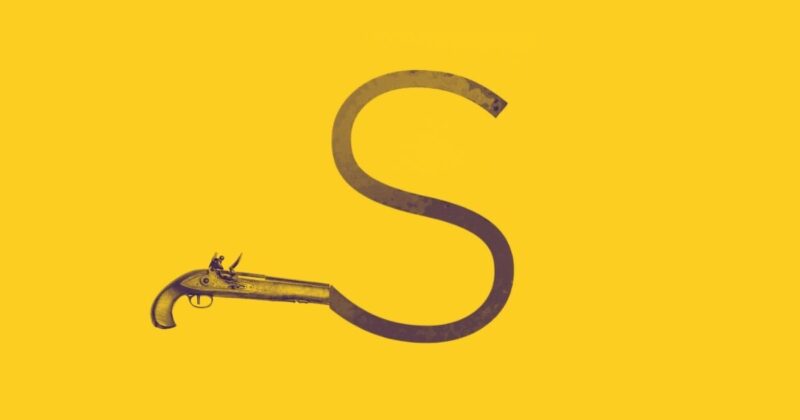Hello. It’s konkaz (@konkazuk) here.
We are going to make an investigation into the pronunciation of alphabet’s “S” here.
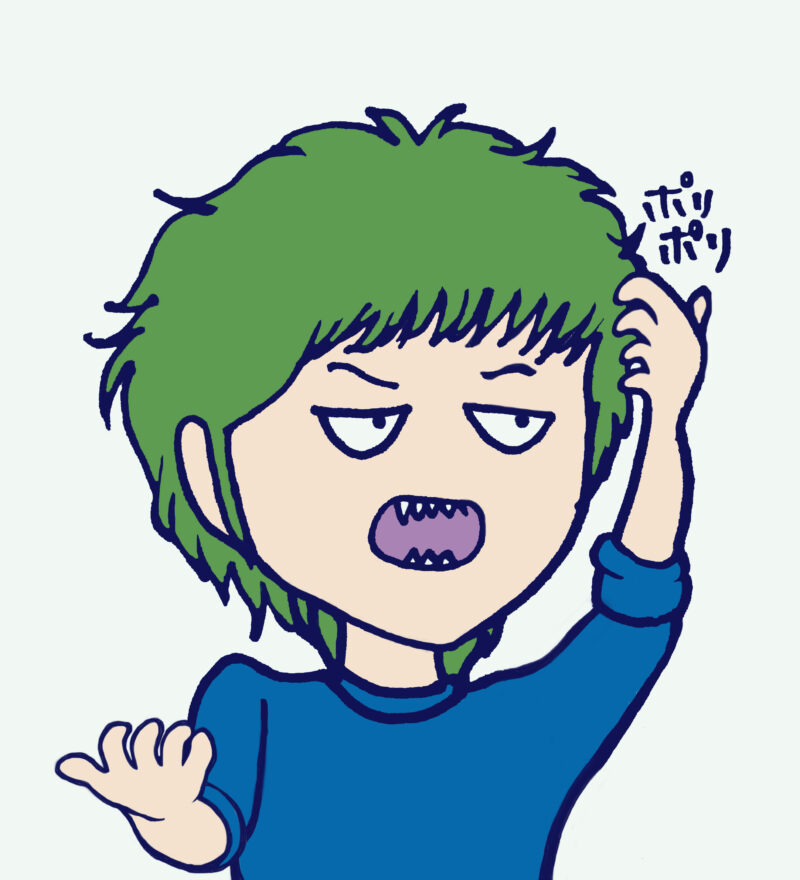
Is Katakana’s「ス」any different from alphabet’s “S” ?
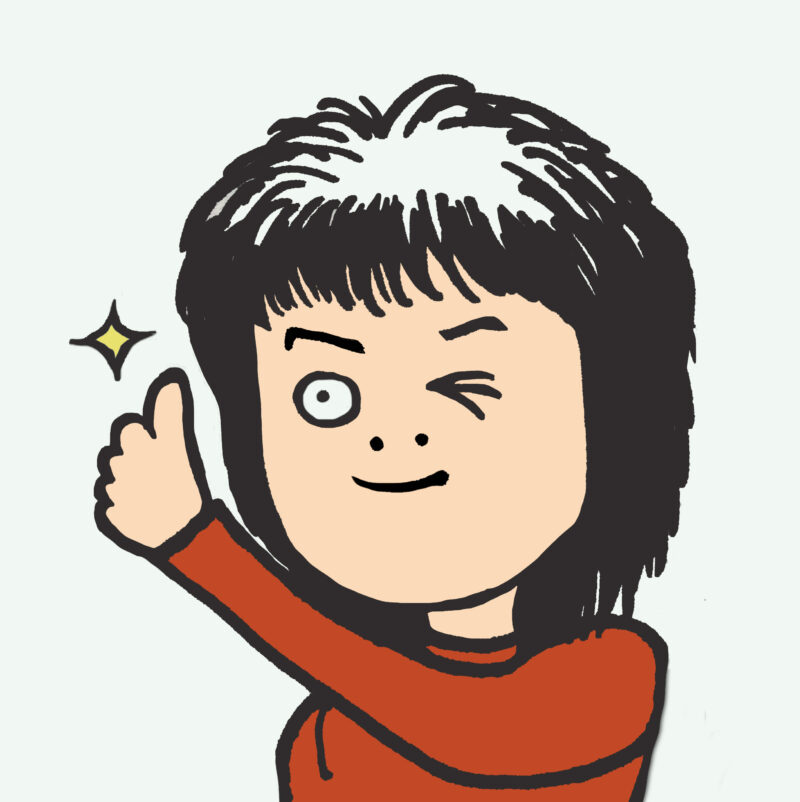
They sound similar, however once you understand what element is making the sound of alphabet’s “S“, you will start seeing the difference.
Anyway, let’s have a look…
Listen to the sound of [s] carefully…
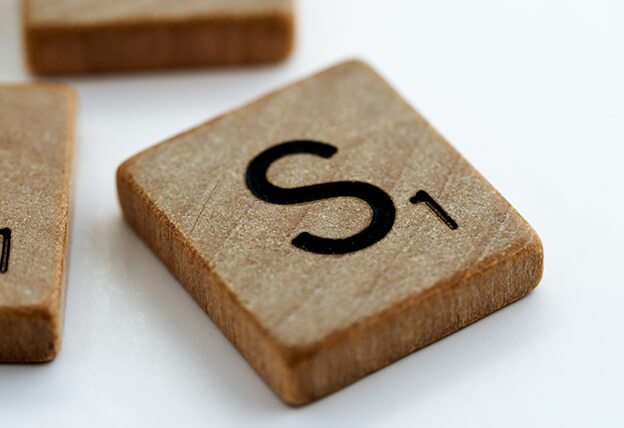
It’s not until you realize the difference between how a word is currently pronounced by you and how it is pronounced with actual English pronunciation that the improvement of your English pronunciation begins.
There is such a convenient alphabet called “Katakana” which is only applied to loanword in Japan, however, because we have understood English alphabet with Katakana “visually”, we tend to skip the process of checking how each English alphabet actually sounds like.
To understand the difference, it’s best to listen to the actual sound.
Any sources such as movies, English learning materials, and news will do, but only give focus to the sound of “S” while you listen.
I personally recommend listening to British English because “S” is always pronounced clearly.
Below is a video clip from a YouTube channel called “Learn English with Gill” and you can spot lots of “S” sound while she is speaking… just as a reference…
How was it?
Didn’t you think it sounded like some kind of hissing noise you can hear while you pump air into your bike or possibly the sound of gas leak.
The sound of an alphabet “S” is “unvoiced“, which is basically created when air escapes through the gap of the teeth, therefore it sounds different from Katakana’s 「ス」”su” which is “voiced” and as you can see, it is followed by a vowel letter “u”.
In short, the alphabet’s “S” is just a consonant letter, while “Katakana”‘s「ス」”su” is a combination of “s” and “vowel (a, i, u, e, o) u”.
What will happen when native kids write the words that include Katakana’s “sa, shi, su, se, so”
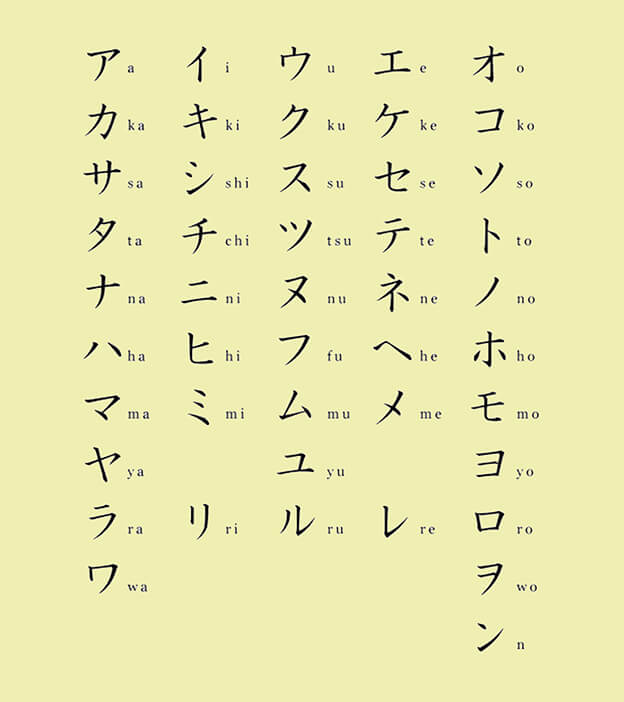
By the way, I occasionally give some tasks which is to write some vocabularies in Katakana to my kids, and from time to time, I discover something interesting in their result.
Anyway, please have a look at the images of Katakana-writing they have done…
Can you figure out what they are?
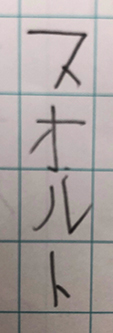


From the left (or from the top, if you are with your mobile), they are meant to be… ソルト (salt), シード(seed), and サンライト (sunlight).
Well, let’s move on to slightly advanced ones… w
( It took some time for me to figure them out! w )


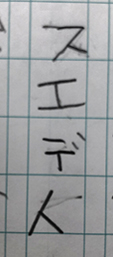
How was it?
They were not straightforward, weren’t they? w
They are meant to be…
ソヤビーン (soya bean), サンセット (sunset), and セイディ(Sadie/girl’s name)
* How “ヌ” is substituted for “ン” is explained in《Eigo-jiru vol.3》
I bet some of you might be aware, but anyway, what has been happening here is…
“サ・シ・ス・セ・ソ“
have been transformed into…
“スア・スイ・ス・スエ・スオ“
The reason why this transformation has happened is because the alphabet “S” is unvoiced consonant.
The sound of “S” is just the noise of air passing through the gap of the teeth (created by positioning the tip of your tongue about the back of your lower teeth or the gum under its teeth, and let the air go outside the mouth.) Therefore, if you try to adapt this for Katakana-writing directly, it will be just like adding vowels “a・i・u・e・o” to the sound of voiceless consonant “S“, hence the writing will be “スァ・スィ・ス(ゥ)・スェ・スォ”
Hence they will be slightly different from Katakana’s “サ・シ・ス・セ・ソ“

While you keep the air passing noise “soooooo”, you make Katakana’s “ウ“ shape with your lip at the same time, however you don’t vibrate your throat like when you pronounce consonant “u“.
Incidentally, if you are to adapt the sound of alphabet “S” to Katakana writing, it will be simply impossible because it is not followed by any vowels just like Katakana’s「ス」“su“.
As it was mentioned earlier, you don’t vibrate your throat to make “u” sound to pronounce “S“.
Finally, I will feature more of my kids’ handwriting here.


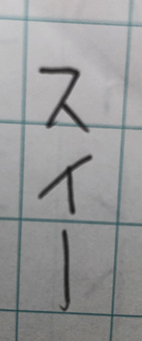
They are…
ソフト (soft), サングラス (sunglass) and シー (sea).
“S & Sh” / The Curse of Katakana
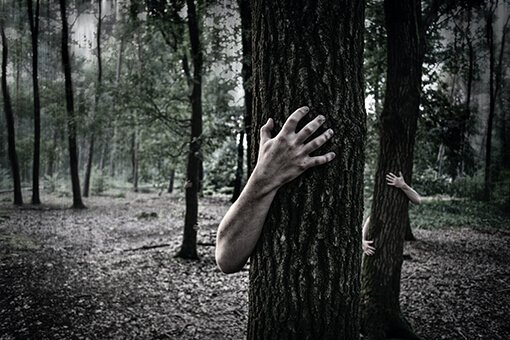
At the end of the previous chapter, I explained one of my kids’ writings in the image「スィー」”sea” as「シー」”shea”.
Now, here comes the “confusion”!!!
While “shi”can be written as “シ” which is an existing alphabet in Katakana, there is no single Katakana alphabet to express “si‘.
So, basically what’s happening here is…
Katakana alphabet “シ” which can be pronounced only as “shi” ( [ ʃ ] with phonetic symbol ) is being applied to express both “shi” and “si“.
And because of this reason, the words “see“, “she” and “sea” are all expressed as「シー」.

By the way, some of you might have heard the phrase of an old tongue twister,
“She sells seashells down by the seashore”
I’m going to use this phrase to explain the pronunciation of “shi” and “si“.

If you follow the rule of Katakana-writing, it will be…
シー セルズ シーシェルズ ダウン バイ ザ シーショオ
So, if you follow what was mentioned earlier, “she” and “shells” include “sh” whose phonetic symbol is [ʃ], therefore, their Katakana writing is OK with「シ」.
However, “sells” 「セルズ」should be written as 「スェルズ」and also “seashells“「シーシェルズ」should be written as 「スィーシェルズ」because neither of them start with sh.
And regarding “seashore”, as you can now guess the “sea” should be written as 「スィー」, and because the “shore” starts with sh, it needs to be written as「シ」.
Hence it will become 「スィーショオ」
If you have understood the above, then try this tongue twister yourself.
This could be a good training to get used to “s” & “sh” pronunciations.
Pronunciation of voiced “S”
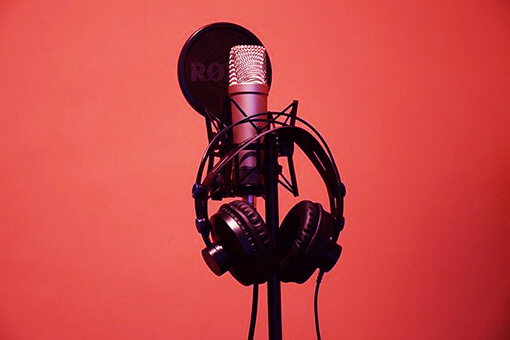
Right.
I have explained that unvoiced “S” is just the noise of air passing through the gap of the teeth in the previous chapter.
However, voiced “S” also exists.
“S” with the sound of [z]
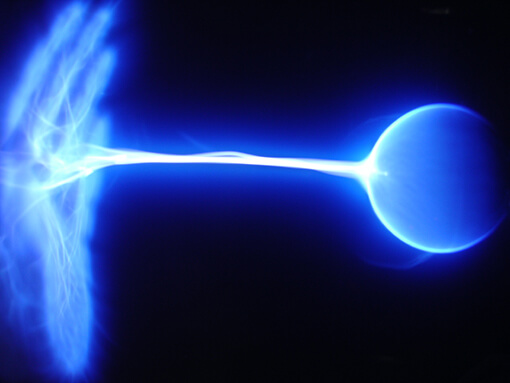
For example…
“music”, “compromise”, “position” and “easy”
…and also plural form’s “S“
“pens“, “dogs“, “jaws” and “flowers
Plural form’s “S” is fine to be spelt as 「ズ」with Katakana, however, the problem occurs when letter “s” is included somewhere in the middle of the vocabularies and is followed by the vowel sound [i].
Vocabularies such as “music”, “position” and “easy” are often spelt as「ミュージック」、「ポジション」、「イージー」with Katakana alphabet「ジ」whose phonetic symbol is [dʒ]
However, if you check the phonetic symbol of these vocabularies, you will find that they are actually…
[mjuːzɪk], [pəˈzɪʃ(ə)n], [iːzi]
you see that their actual sound is [z] , therefore, since they are followed by the vowel sound [i], it should be spelt as「ズィ」with Katakana.
When you make the sound of [z] you locate the tip of your tongue about the back of your lower teeth or the gum under its teeth, and let the air pass through the gap of your teeth just like making the sound of [s], but while you are doing this, you let “u” sound out and at the same time let the “u” sound vibrate between your teeth and the tip of your tongue with imagining the noise of electric shock “zzzzzzzzz”,
“S” with the sound of [ʒ]

On the other hand, there are some vocabularies that you can simply apply Katakana’s 「ジ」to pronounce.
For example,
“vision”, “usual” and “television”
are this type, and their phonetic symbols are…
[vɪʒ(ə)n], [juːʒʊəl], [telɪˌvɪʒ(ə)n]
Therefore it’s totally fine to apply「ジ」just like….
「ヴィジョン」、「ユージュアル」、「テレヴィジョン」
To pronounce the sound of [ʒ] properly, you close the gap between your upper and lower teeth, make your lip slightly round-shaped and stick it out at the same time, locate the tip of your tongue around the gum under your lower teeth, and say katakana’s「ジ」.
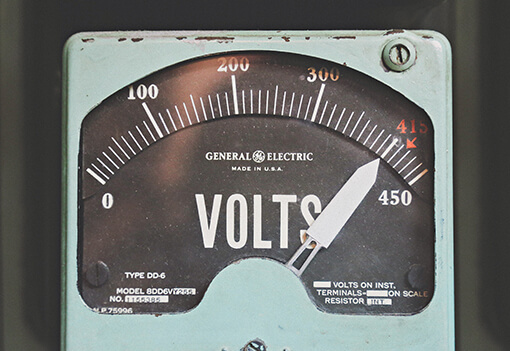
So, this is it for the pronunciation of alphabet “S“.
I hope the article was useful to improve your pronunciation.
konkaz

